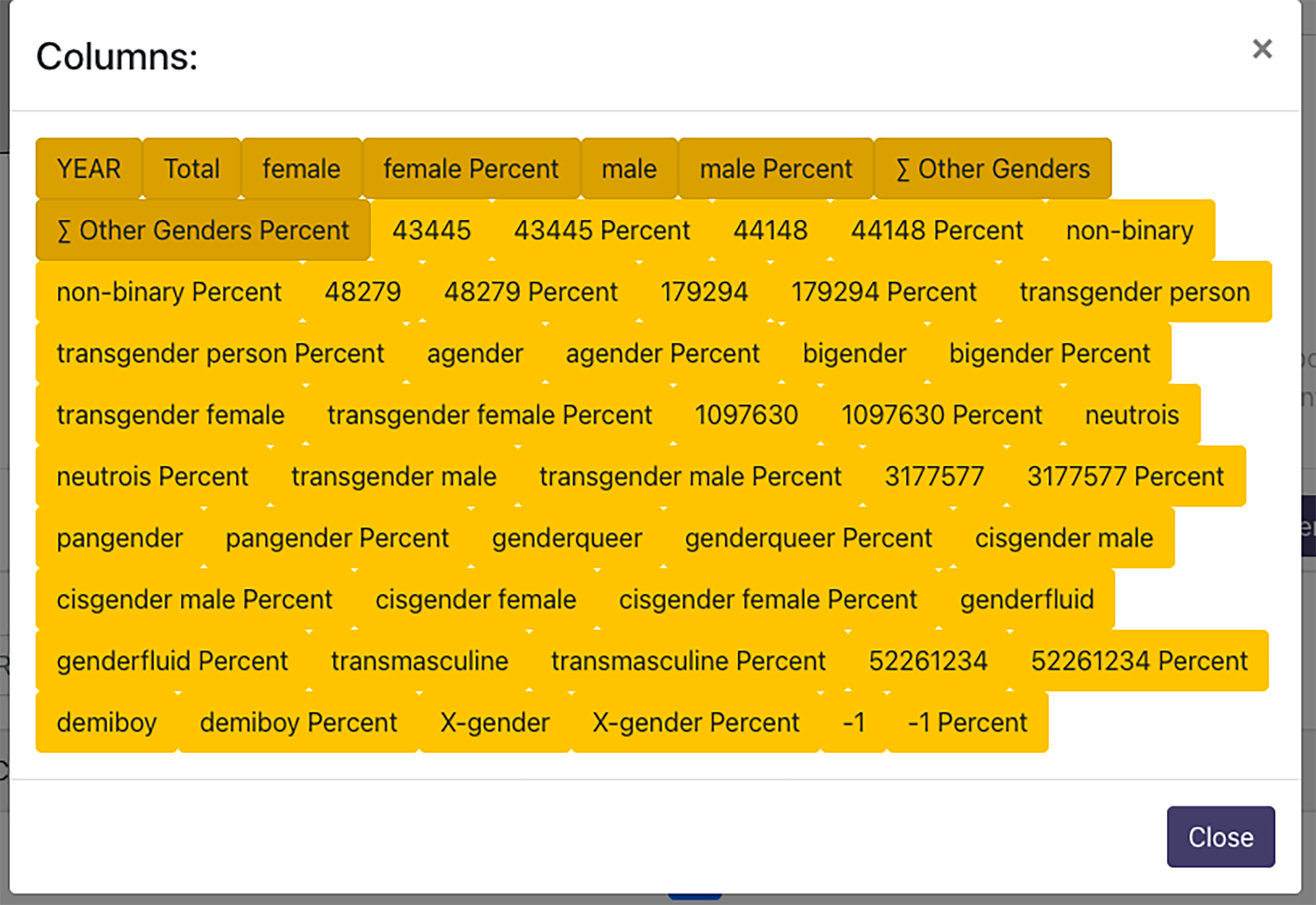

Other groups include 1.4 million years old Acheulean industry, the Bizat Ruhama group and Gesher Bnot Yaakov. The flint tool artefacts have been discovered at Yiron, the oldest stone tools found anywhere outside Africa. The oldest evidence of early humans in the territory of modern Israel, dating to 1.5 million years ago, was found in Ubeidiya near the Sea of Galilee. 13.9 1983–1992: Shamir I Peres I Shamir IIīetween 2.6 and 0.9 million years ago, at least four episodes of hominine dispersal from Africa to the Levant are known, each culturally distinct.12.5 Illegal Jewish immigration and insurgency.12 British Mandate of Palestine (1920–1948).5.1 Herodian dynasty and Roman province.4 Babylonian, Persian, and Hellenistic periods (586–37 BCE).In the past three decades, the economy has grown considerably, but GDP per capita has increased faster than the increase in wages.
#Extended timeline wiki mamluk series#
In the 1970s and 1980s, the economy underwent a series of free market reforms and was gradually liberalized. In its early decades, the economy of Israel was largely state-controlled and shaped by social democratic ideas. Despite efforts to finalize the peace agreement, the conflict continues to play a major role in Israeli and international political, social and economic life. In 1993, Israel signed Oslo I Accord with the Palestine Liberation Organization, followed by establishment of the Palestinian National Authority and in 1994 Israel–Jordan peace treaty was signed. In 1979, an uneasy Egypt–Israel peace treaty was signed, based on the Camp David Accords. About 43% of the world's Jews live in Israel today, the largest Jewish community in the world. Israeli independence in 1948 was accompanied by an exodus of Arabs from Israel, the Arab–Israeli conflict and a subsequent Jewish exodus from Arab and Muslim countries to Israel. A rival Arab nationalism also claimed rights over the former Ottoman territories and sought to prevent Jewish migration into Palestine, leading to growing Arab–Jewish tensions. During World War I, the British government publicly committed to create a Jewish National Home and was granted a Mandate to rule Palestine by the League of Nations for this purpose.

From the 13th century it was mainly Muslim with Arabic as the dominant language and was first part of the Syrian province of the Mamluk Sultanate and after 1516 part of the Ottoman Empire until the British conquest in 1917-18.Ī Jewish national movement, Zionism, emerged in the late-19th century (partially in response to growing antisemitism), as part of which Aliyah (Jewish return from diaspora) increased. It gradually became predominantly Muslim after the end of the Crusader period (1099-1291), during which it was the focal point of conflict between Christianity and Islam.
#Extended timeline wiki mamluk full#
The adoption of Christianity by the Roman Empire in the 4th century led to a Greco-Roman Christian majority which lasted not just until the 7th century when the area was conquered by the Arab Muslim Empires, but for another full six centuries. The region has come under the sway of various empires and, as a result, has hosted a wide variety of ethnicities. It contains sites sacred to Judaism, Samaritanism, Christianity, Islam, Druze and the Baháʼí Faith. The Land of Israel, also known as the Holy Land or Palestine, is the birthplace of the Jewish people, the place where the final form of the Hebrew Bible is thought to have been compiled, and the birthplace of Judaism and Christianity.


 0 kommentar(er)
0 kommentar(er)
